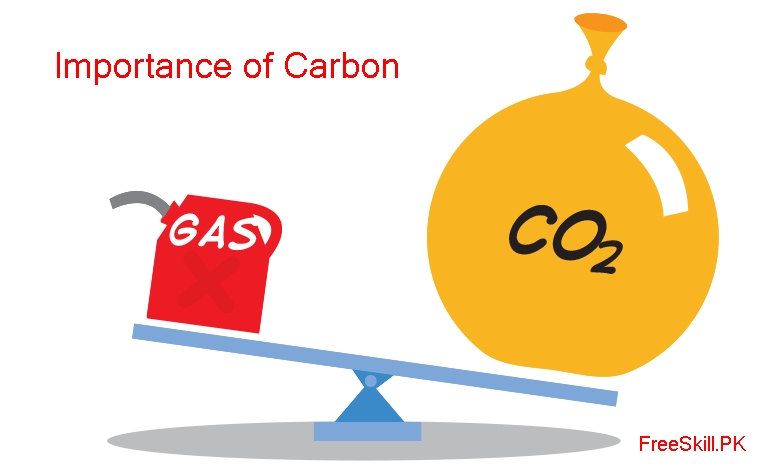Carbon plays an important role in our life Upates
Carbon Uses in Everyday Life
Carbon Uses in Everyday Life had became routine. The basis of all organic compounds is carbon. Carbon’s special properties make it an essential component of all living things. Carbon Uses As a result, it is essential for all living things. The following are features of carbon:
Carbon comes from the Latin word carbo, which means charcoal. Somewhat unexpectedly, it ranks as the fourth most common element in the cosmos. And it’s the second-most common substance inside of our bodies, behind oxygen. In fact, carbon serves as the foundation for the whole field of organic chemistry since it is present in all organic molecules.
Physical Properties of Carbon
This element has a wide range of physical characteristics because of the diversity of its allotropes. Diamond and graphite are the two most common allotropes. Their physical characteristics are almost opposite one another.
- Carbon, in comparison to the clear and white diamond, is opaque and black.
- Now diamond cannot conduct electricity at all, graphite is a very excellent conductor of electricity; both are the hardest substances known to man.
- Both allotropic substances are inert, non-gaseous solids.
- Diamond and graphite have the property of being insoluble in water.
- When heated, instead of melting, it sublimes, becoming a gas.

Importance of carbon in our daily life
- Carbon is used in so many everyday tasks that it’s easy to forget about it. The most important uses include:
- It accounts for 18% of a person’s total body mass. It’s the building block of sugar, glucose, proteins, etc. Carbohydrates are an essential source of energy found in the food we consume. Carbohydrates consist entirely of carbon.
Diamonds, a type of carbon, are popular in the jewellery industry. Yet, diamonds also have practical use in industry. Inconel has various industrial applications due to its status as the hardest material yet discovered by humans.
Inks and paints are made from amorphous carbon. It also finds use in battery production.
Your pencils’ lead is made of graphite. It’s also a key ingredient in the steelmaking process.
Carbon dating is a major use. Carbon dating allows us to determine the real age of artefacts.- Carbon-14, an extremely uncommon form of the element, is used by scientists to determine how old objects like fossils and bones are. The rate of carbon-14 decay is measured to determine how long the aforementioned organic material has existed. This is how geologists determine the time period in which dinosaur fossils were buried.
From everything we’ve seen, it’s clear that carbon is a fascinating substance with many applications. This is why it’s so important for chemists to study in depth.
You Might Also Like:
- Carbon Cycle: What is the Importance and uses of Carbon in our Daily Life
- Sixth Sense: Theories, Researches, and Results
- Mechanism of Ion Absorption by Roots
- Factors Affecting Absorption of Water By Plants